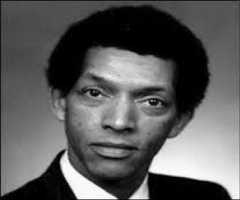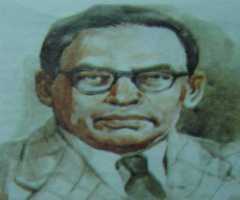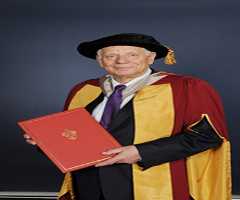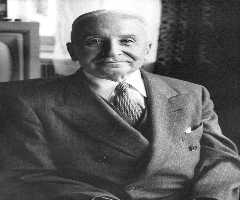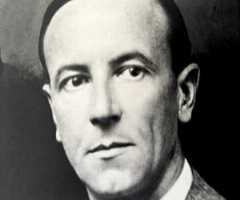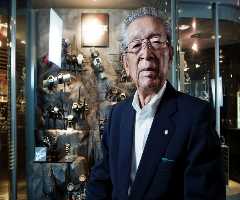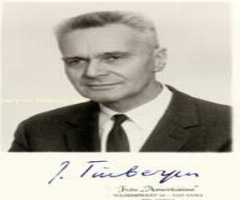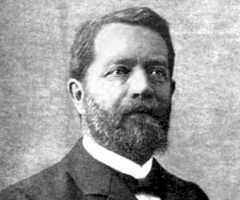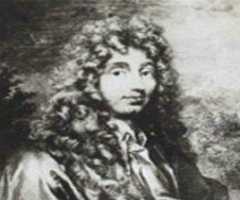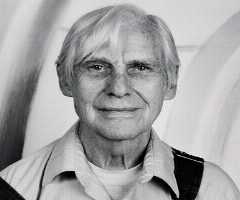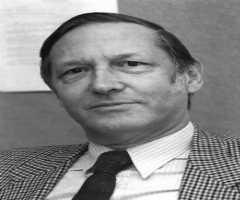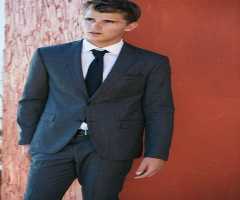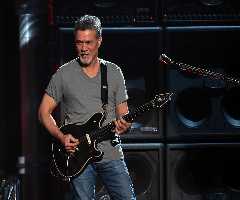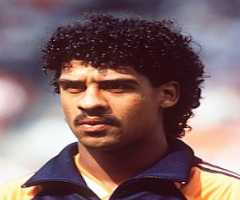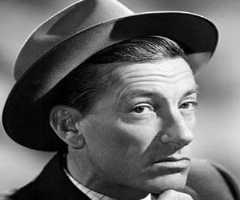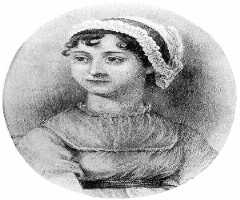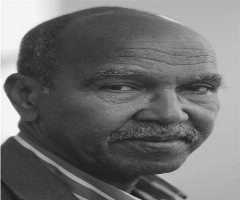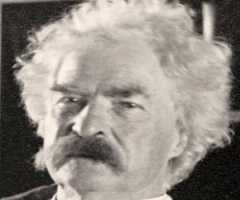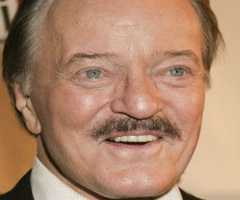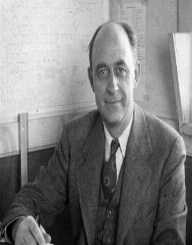
Birth Place : The Hague, South Holland, Netherlands
Died On : March 4, 2011
Zodiac Sign : Sagittarius
Simon van der Meer Biography, Life, Interesting Facts
Simon van der Meer was a Dutch physicist who worked in the field of particle accelerator. Born on November 24, 1925, Simon van der Meer shared the Nobel Prize in Physic with Carlo Rubbia in 1984 for his contributions to the CERN project that resulted in the discovery of the fundamental components of matter, W and Z particles. Simon van der Meer contributed immensely as an accelerator physicist while at CERN and is one of the only two accelerator physicists with Ernest Lawrence to be awarded the Noble Prize in Physics. Simon van der Meer is a member of the Royal Netherlands Academy of Arts and Sciences.
Early Life
Simon van der Meer was born on November 24, 1925, in The Hague, in the Netherlands as the fourth child of his parents. Simon van der Meer received his education at the city’s gymnasium, where Simon van der Meer graduated in 1943 at the time of the German occupation of the Netherlands. Simon van der Meer then enrolled at the Delft University of Technology to study technical physics graduating in 1952 with a degree in engineering.
After his graduation, Simon van der Meer worked on high-voltage equipment for electron microscopy at Philips Research in Eindhoven. Working there for few years, Simon van der Meer joined the European Organisation for Nuclear Research (CERN) in 1956. Simon van der Meer worked there until his retirement in 1990.
Work At CERN
After joining CERN in 1956, Simon van der Meer worked in the field of physics acceleration. His works there include the magnet design in the GeV Proton Synchrotron (PS) at his early years there. In 1960, Simon van der Meer invented a pulsed focusing device called “van der Meer horn.” The device, which is useful up to date is, used for long-baseline neutrino facilities. Within that same year, Simon van der Meer designed a small storage ring for the experimental study of physics of inconsistent magnetic moment of the muon. Simon van der Meer followed this innovation with another groundbreaking work on the regulation and control of power supplies for the Intersecting Storage Rings (ISR) and the SPS.
Simon van der Meer developed a technique for luminosity calibration of colliding beams while at the ISR Collider in the 1970s. The technique was first used at the ISR and currently at the LHC and in other colliders. His “van der Meer scans” is up until date used in the experiments at LHC used to obtain an accurate calibration of the luminosity at the intersection points in the Collider. With his highly accumulated knowledge in accelerator physicist, he also did computer programming and developed sophisticated applications and tools. He used these in controlling the antiprotons source accelerators and the transfer of antiprotons to the SPS Collider. His AA and AC p bar source complex machine, remained useful from1987 to 1996 and was the highly automated set of machines in CERN’s repertoire of accelerators.
Nobel Prize
Simon van der Meer developed a technique of stochastic cooling of particle beams. This technique became useful in the accumulation of intense beams of antiprotons in a head-on collision with counter-rotating proton beams at 540 GeV centre-of-mass energy. It was also used in 270 GeV per beam in the Super Proton Synchrotron at CERN. These collisions produced the particle of matter W and B bosons. Even though the W and Z bosons was theoretically predicted some years back, it became the first time to be proven experimentally by CERN.
This discovery won Van der Meer and Carlo Rubbia the Nobel Prize for Physics in 1984 for their contribution to the project. Only two accelerator physicist Simon van der Meer and Ernest Lawrence have won the Nobel Prize. He was a member of the Royal Netherlands Academy of Arts and Sciences in 1984.
Personal Life
Simon van der Meer married Catharina M. Koopman in the mid-1960s. The couple was blessed with two children, a daughter, Esther and son Mathijis.
More Physicists
-
![George Carruthers]()
George Carruthers
-
![Edward Arthur Milne]()
Edward Arthur Milne
-
![Zhores Ivanovich Alferov]()
Zhores Ivanovich Alferov
-
![Karl Herzfeld]()
Karl Herzfeld
-
![James Chadwick]()
James Chadwick
-
![Ben Roy Mottelson]()
Ben Roy Mottelson
More People From South Holland
-
![Jan Tinbergen]()
Jan Tinbergen
-
![Nikolaas Tinbergen]()
Nikolaas Tinbergen
-
![Willebrord Snell]()
Willebrord Snell
-
![Christiaan Huygens]()
Christiaan Huygens
-
![Nicolaas Bloembergen]()
Nicolaas Bloembergen
-
![Willem de Kooning]()
Willem de Kooning
